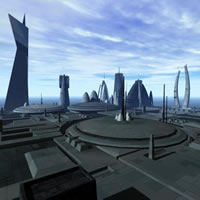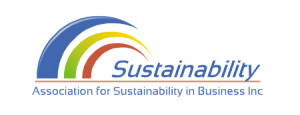How do we change behaviour in a consumerist society?
By Peter Newton, Swinburne University of Technology Many Australians are happy to declare their interest in sustainability, to reducing their environmental impact. But how many of them are prepared to reduce the amount they actually consume? We recently explored whether Australian households have an “attitude-action gap” on environment and consumption. We surveyed 1200 Melbourne households, examining attitudes, intentions and opinions related to the environment and urban living. We also recorded objective data on actual household consumption of energy, water, housing space, urban travel and domestic appliances. It’s not uncommon being a material green Three lifestyle segments emerged: a majority (40.3%) …






